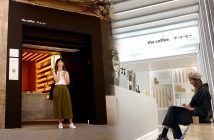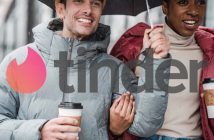Café do Mosteiro, in the Jardins district, is not offering micro-lots of specialty coffee but it is just a matter of time. In the meantime, you may savor the loaves, pastries and divine cakes, and also get to know two novelties: the Mosteiro beer and the chocolate, both of them will be released by the end of October
You don’t need to be a great scholar of the recent history of mankind to recognize the importance of the work of the Benedictine monks in preserving culture and international cooking. From the creation of Champagne, beer, to culinary delicacies, its legacy and unquestionable.
In São Paulo, located at the city’s downtown since 1598, the São Bento Monastery has also contributed to the development of the city’s gastronomy. Inaugurated 20 years ago, the São Bento Monastery’s bakery, has just launched its label of craft beers, Mosteiro, and until the end of the month, a new chocolate brand is available. Its branch in the Jardins now also serves coffee.
In Brazil, there are four Benedictine monasteries: In Salvador, Olinda, Rio and São Paulo respectively. The first great work involving this religious community was education. Its importance is such that one of the most reputed schools in Rio de Janeiro is the São Bento school.
Bernardo Schuler, the priest monk, who is responsible for the entire operation of the Monastery bakery, explains that monasteries in Brazil have never been closely related to a gastronomy. It all began when he was invited by the abbot to become the head chef of the Monastery.
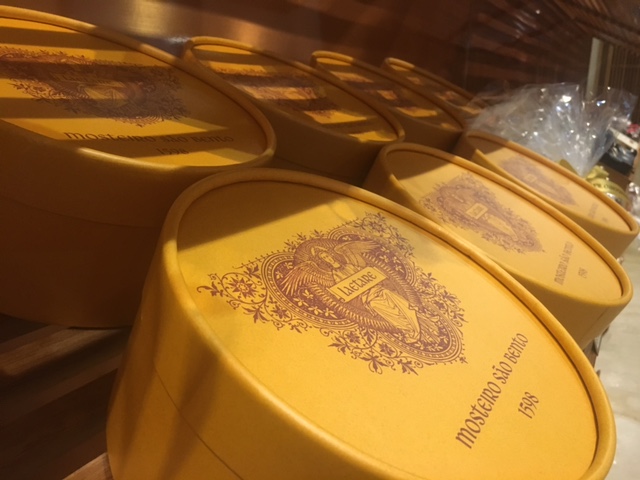
(the São Bento Monastery’s Bakery brings delicious products of great quality)
“I started 19 years ago, without the professionalism I have nowadays, in a simple way. Since I had lived in a monastery in France, I started enjoying gastronomy and went to research a few monks’ old recipes”, says Dom Bernardo. Among his findings, he discovered olive oil recipes – which, by the way – still remain in his sights – and also recipes of cakes, pastries and medicinal products and soaps.
Breads, cakes, jams and more
The first recipe that became a reality in his kitchen was the cake of the monks, totally made by hand. “The mixture point of this cake is very difficult, it only works if it is mixed with the hands, no mixer”, he confided.
Dom Bernardo told us that people began to buy more because of the product’s mysterious aura. “But without quality, only with the mystery, we would not settle”, he says confidently. In the beginning, they produced 15 monks’ cake per week. Today, they produce thousands, especially in the Christmas season.
There are already dozens of products, such as São Bento bread, made using mandioquinha, the cake is named after Dom Bernardo – an old French recipe, that is always on the tables in the liturgical celebrations, made with coffee, chocolate, cognac, walnuts, peach and ginger. Another must have recipe is the Santa Escolástica cake that has no filling or cover. “the Richness of the flavor is in the mix”, he says. All recipes were slightly altered by Dom Bernardo, until he was pleased with the results.
“When I look back, I see that we diversify our production a lot. Today we sell the Easter and Christmas cakes, truffles and gingerbread made with callebaut chocolate (one of the best in the world) and apricot filling, made with fresh fruits”, explains the monk.
To manage such success, Don Bernardo keeps waking up every day just before six in the morning to distribute the orders among his kitchen staff composed by six members. “I do not want to industrialize so that products do not lose their unique characteristics”, he explains. Afterwards, he will order the Mass, attend confession, celebrate weddings, baptisms, etc., outside all the marketing work of the Monastery bakery, which is under his entire responsibility.
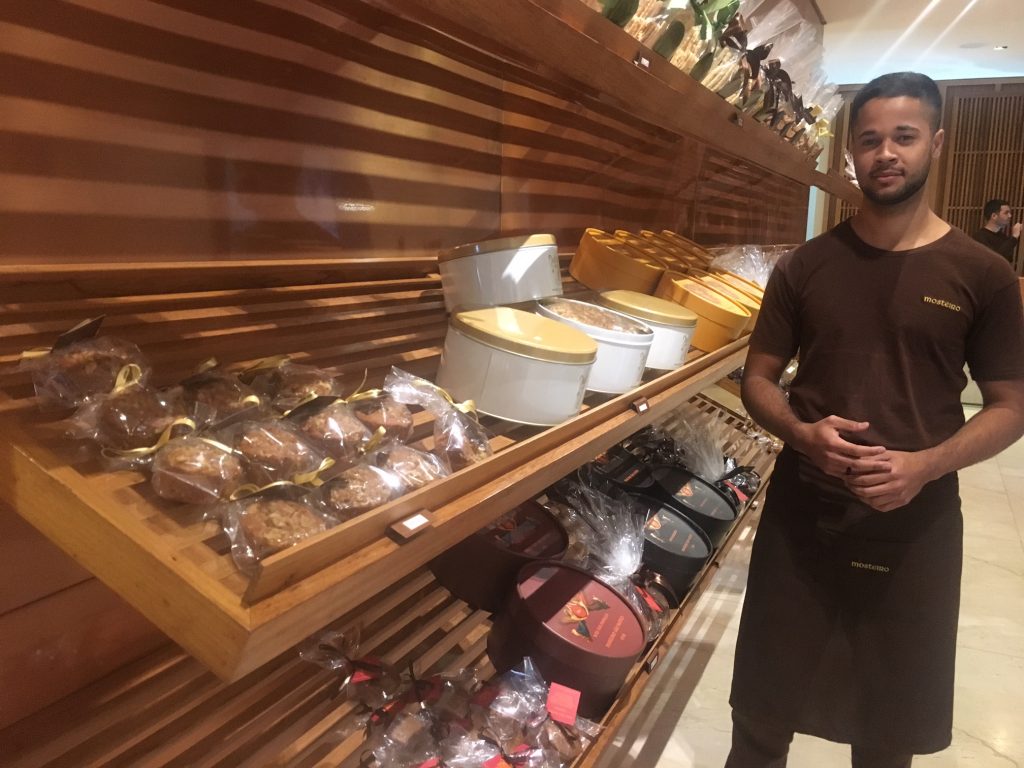
(Some of the varieties of bread and sweets that the São Bento Monastery Bakery offers)
“But when I’m launching a new product there, everything changes. I personally cook everything until I am satisfied with the result. After that, I let my staff start the production”, he says.
The new products: beer and chocolate
Although not a beer heavy drinker, Dom Bernardo always thought he was missing a beer label in the Monastery bakery’s product portfolio. He was approached by a food engineering graduate with a graduate degree in Scotland, who already had all the infrastructure ready to produce beer in Piracicaba, in the interior of São Paulo. “But the formula and the supervision is all under our responsibility”, he clarifies.
“In 1910, when the Restoration Movement took place, German and Belgian monks arrived in Brazil and started producing their beer here. We took the recipe and launched on September 11, the day of São Bento, the Mosteiro’s Golden Ale and Red Ale varieties, beers made exclusively of malt, lupus and water of the best origin”, he says. The bottle of 600 ml is sold at R$ 25.00. It has been very well accepted and, until now, more than 2,000 units have been sold. It is only marketed in the bakeries in the city’s downtown, Jardins and by e-commerce (more details at the end of the arcticle).
The new chocolate
By the end of October, they will be selling chocolates in the shape of truffles that are made with callebaut chocolate. “It’s an excellent product, but it takes a lot of work to make the mix”, he says.
The packaging
If Dom Bernardo believed in reincarnation, he could swear that in his last reincarnation, he was an architect and design, so great is his concern with the packaging of the products made by the Monastery’s Bakery. He had an equal concern regarding the architecture and atmosphere of the coffee shop, located in the Jardins.
Methodical as a Virginian, he has hand-picked all the finishes such as the Italian marble floor and the copper walls. Besides, of course, the few elegant props that refer to the Catholic universe and the soundtrack of Gregorian chants.
Going back to the packages, they consume and take away the priest’s sleep. “My concern is to have something different, private. The present ones, for the most part, carry images of angels, the images of our basilica, Our Lady of Assumption. “The angel is a message of Christianity, of faith. To develop any packaging, always hire design offices to help you, as they recognize the importance of branding. On his last trip to Europe, he sought inspiration for the chocolate packaging, to be launched soon.
On the labels of the recently launched beers, it is possible, through an augmented reality application, to reproduce images from the interior of the Monastery Church as well as listen to a stretch of Gregorian chants. A lush!!

(Honey Bread from São Bento Monastery Bakery: the concern with packaging is essential)
The monks’ contribution to the gastronomy
Dom Bernardo told us that is from the sixth century was the guidance of the saint so that the monasteries lived from the work of their own hands. And, whatever was left, it should be sold to the community, for a price lower than the similar products.
For this reason, the Benedictines made a decisive contribution to gastronomy. Just to give a few examples, Dom Pérignon, the monk, who was a cellar master of the abbey of Hautvillers in France, created the famous champagne that bears his name for over 340 years. It is not the champagne as we know it today, however, it was the first to use the assemblage technique, mixing different types of wine.
Whereas the Belgian Trappist monks created the beer in 1595. Today, of the 171 Trappist monasteries scattered throughout the world, only 11 monasteries are allowed to place a seal on their beer labels to ensure certification.
Faith
In Norcia, Italy, where St. Benedict was born, the abbey of Monte Cassino, which has gone through several threats, including a world war and climatic phenomena such as earthquakes. In one these events, the only part that survived the earthquake was the brewery. The monks interpreted this as a sign that through this work, producing beers, they could help not only to rebuild the monastery but also to help the town, which is very small.
In the food segment, there is a monastery in Austria, where they have a small forest. There, deer are raised to make ham from their paws. Production is minimal and interested restaurants are registered to receive the exclusive product.
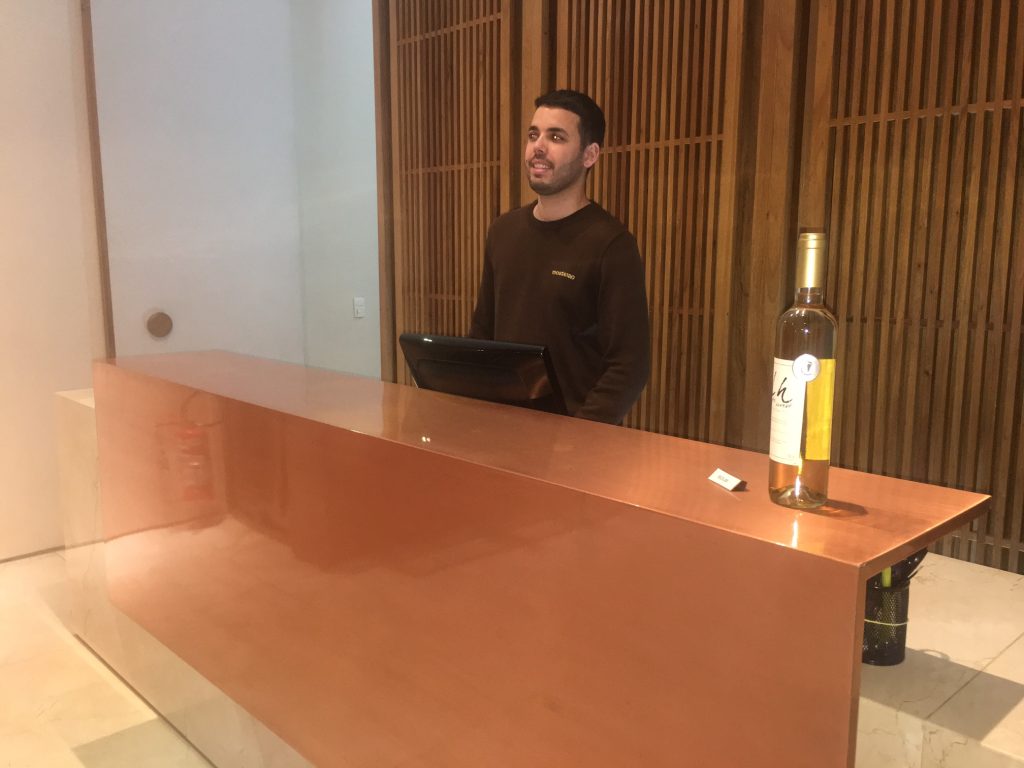
(Detail of the bakery bench of the São Bento Monastery: a place designed from the ceiling to the marble floor)
Dom Bernardo Schuler
Not a fan of photography videos and cameras, Dom Bernardo left Paraíba in 1993, after graduating in business and went to Rio de Janeiro to graduate at Fundação Getúlio Vargas. As soon as he finished, he embarked to France, went to a monastery in a small town in the south of France, with 200 inhabitants. There he worked in the garden, on manual labor. Which was difficult to get used to. With the arrival of the European winter, we asked to change his position. Still in the old continent, it passed by monasteries like that of Germany, Belgium and Portugal. From the latter, he came directly to the Monastery of São Bento, in São Paulo, where he remains until today.
Whenever he can, he travels with his mother to receive updates on the world food scene. It is at these times that you are inspired to create new delights for your customers.
Recently they also inaugurated the e-commerce www.padariadomosteiro.com.br and delivery services.
Monastery’s Bakery and Coffee Shop
Rua Barão de Capanema, 416
Jardim Paulista
Phone: +55 (11) 3063 0522
Opening Hours: Monday to Saturday: 9:30 a.m. to 6:30 p.m.
Closed on Sundays
Largo São Bento s/no. Centro – São Paulo
Opening Hours: Monday to Friday: 7:00 a.m. to 6:00 p.m.
Saturdays – 7:00 a.m. to 12:00 p.m.
Sundays – 11:00 a.m. to 12:00 p.m.

